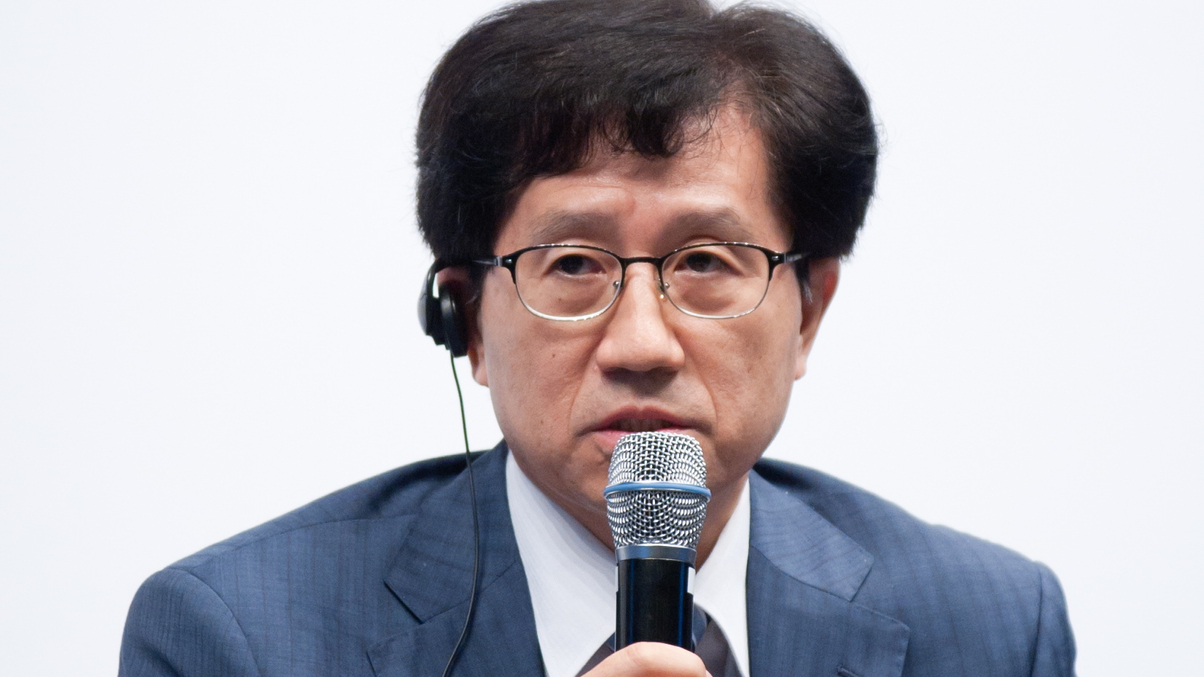Hedge-fund entry tipped to boost Korea sec lending
Domestic institutional investors are increasing their participation in Korea’s securities-lending market, but more supply is needed to rein in costs.

Korean institutional investors have become more active participants in securities-lending programmes, but supply remains limited, prompting industry executives to hope the introduction of onshore hedge funds will boost activity.
Sign In to Your Account
Access Exclusive AsianInvestor Content!
Please sign in to your subscription to unlock full access to our premium AI resources.
Free Registration & 7-Day Trial
Register now to enjoy a 7-day free trial—no registration fees required. Click the link to get started.
Note: This free trial is a one-time offer.
¬ Haymarket Media Limited. All rights reserved.


